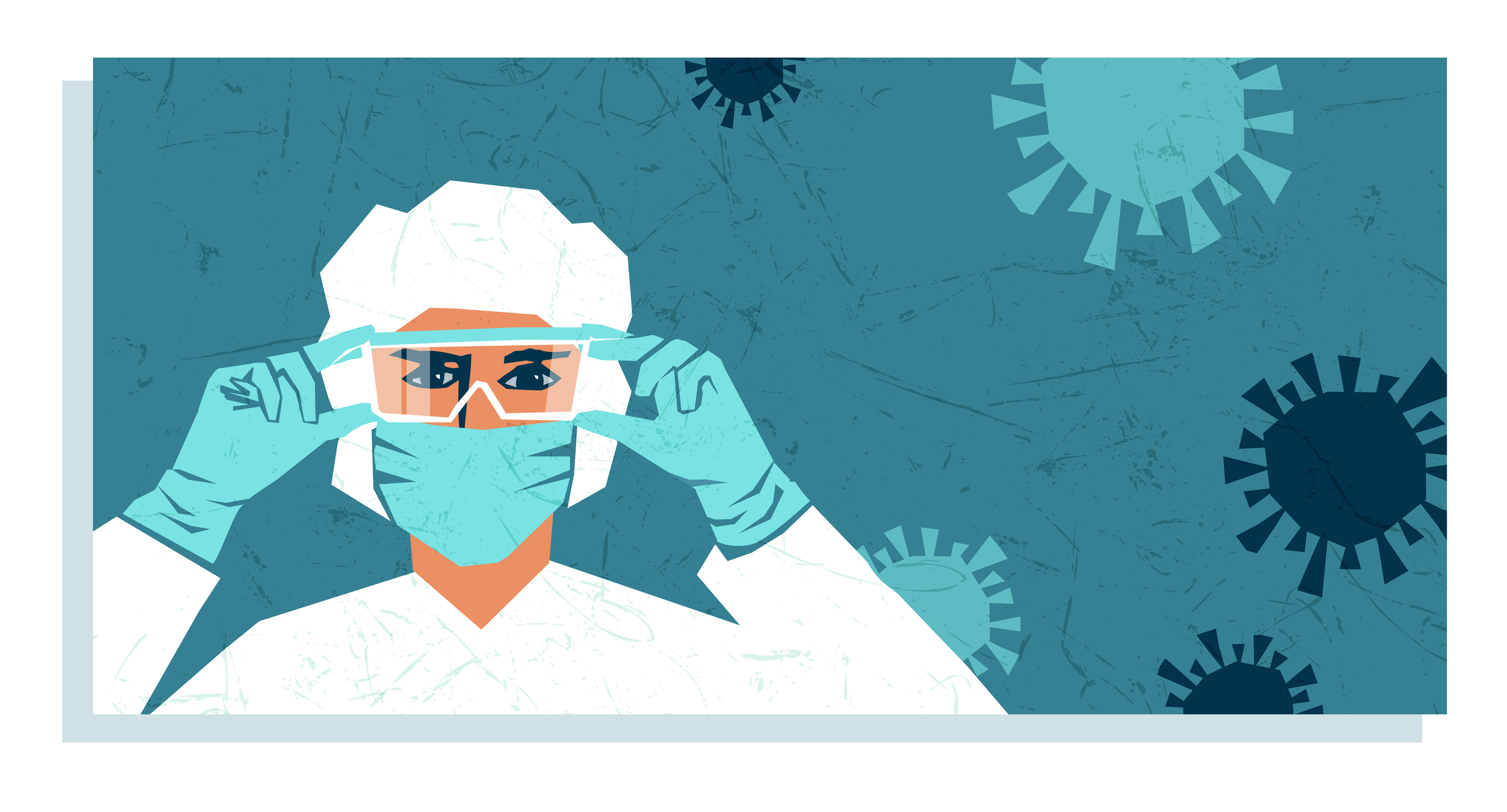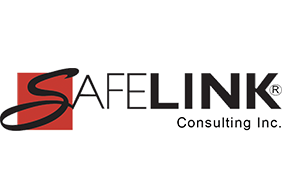On August 28, 2020, the CDC updated their Guidance for Dental Settings - Interim Infection Prevention and Control Guidance for Dental Settings During the Coronavirus Disease 2019 (COVID-19) Pandemic.
Key Points:
- Recognize dental settings have unique characteristics that warrant specific infection control considerations.
- Prioritize the most critical dental services and provide care in a way that minimizes harm to patients from delaying care and harm to personnel and patients from potential exposure to SARS-CoV-2 infection.
- Proactively communicate to both personnel and patients the need for them to stay at home if sick.
- Know the steps to take if a patient with COVID-19 symptoms enters your facility.
CDC recommends that dental providers consider the community transmission rating of their patient base in order to determine the appropriate controls to be used. In areas with moderate to substantial community transmission, CDC recommends the following during patient encounters with patients not suspected of SARS-CoV-2 infection:
- Wear eye protection in addition to facemasks to ensure that the eyes, nose, and mouth are all protected from exposure to respiratory secretions during patient care, including those where splashes and sprays are not anticipated.
- Use an N95 respirator or a respirator that offers an equivalent or higher level of protection during aerosol-generating procedures.
- Protective eyewear (e.g., safety glasses, trauma glasses) with gaps between glasses and the face likely do not protect eyes from all splashes and sprays. An example of this could be prescription eyewear with removable side shields. Wearing a face shield along with this eyewear plus a mask is best.
The CDC also states that since the practice of dentistry involves the use of rotary dental and surgical instruments, such as handpieces or ultrasonic scalers and air-water syringes, surgical masks protect mucous membranes of the mouth and nose from droplet spatter, but they do not provide complete protection against inhalation of infectious agents.
Due to the shortage of PPE, the CDC recommends that dental treatment be provided only after the dentist has assessed the patient and considered both the risk to the patient of deferring care and the risk to the dentist, staff and patients of health-care associated SARS-CoV-2 transmission. If PPE and supplies are limited, prioritize dental care for the highest need, most vulnerable patients first which are those at most risk if care is delayed.
CDC has also updated the temperature for patients that is used during the screening procedure. The screening of patients should cover:
- Documentation of absence of symptoms consistent with COVID-19.
- Actively take patient’s temperature. Fever is either measured as at or above 100.0 degrees F or subjective fever.*
- Asking patient if they have been advised to self-quarantine because of exposure to someone with SARS-CoV-2 infection.
*CDC states that if a patient has a fever strongly associated with a dental diagnosis (e.g., pulpal and periapical dental pain and intraoral swelling are present) but no other symptoms consistent with COVID-19 are present, dental care can be provided following the practices recommended in Section 1 of this guidance document.
CDC reminds users that respirators with an exhalation valve are not currently recommended for source control as they allow unfiltered exhaled breath to escape. If this is the only type of respirator available, then wear a facemask over the respirator.
Some dental health care personnel (DHCP) whose job duties do not require PPE (such as clerical personnel) may continue to wear their cloth face covering for source control while in the dental setting. Other DHCP (such as dentists, dental hygienists, dental assistants) may wear their cloth face covering when they are not engaged in direct patient care activities, and then switch to a respirator or a surgical mask when PPE is required.
Implementation of Universal Use of Personal Protective Equipment (PPE)
CDC recommends the following for DHCP working in facilities located in areas with no to minimal community transmission:
- Continue to adhere to Standard Precautions
- Wear a surgical mask, eye protection (goggles or a face shield that covers the front and sides of the face), a gown or protective clothing, and gloves during procedures likely to generate splashing or spattering of blood or other body fluids. Protective eyewear (e.g., safety glasses, trauma glasses) with gaps between glasses and the face likely do not protect eyes from all splashes and sprays.
For DHCP working in facilities located in areas with moderate to substantial community transmission:
- Implement the use of universal eye protection and wear eye protection in addition to a surgical mask to ensure the eyes, nose, and mouth are all protected from exposure to respiratory secretions during patient care encounters, including those where splashes and sprays are not anticipated.
- During aerosol generating procedures DHCP should use an N95 respirator or a respirator that offers an equivalent or higher level of protection such as other disposable filtering facepiece respirators, powered air-purifying respirators (PAPRs), or elastomeric respirators.
- Prepare and implement a comprehensive respiratory protection program that includes medical evaluations, fit testing and training on accordance with OSHA’s Respiratory Protection Standard (29 CFR 1910.134).
- Do not use respirators with exhalation valves. See recommendation above if that is the only type available.
DHCP should also review the information provided in this guidance regarding equipment considerations such as waterline testing and autoclave, use of engineering controls, and cleaning and disinfection controls.
CDC Scientific Brief November 10, 2020
CDC has expanded the protections provided by mask wearing. CDC now states that in addition to helping reduce the transmission of the virus by the wearer (i.e., source control), a cloth face mask can also provide a level of personal protection to the wearer. Specifically, the CDC has found that masks also help reduce inhalation of respiratory droplets by the wearer. Read the full brief. Here’s the Background from that publication:
Background
SARS-CoV-2 infection is transmitted predominately by respiratory droplets generated when people cough, sneeze, sing, talk, or breathe. CDC recommends community use of masks, specifically non-valved multi-layer cloth masks, to prevent transmission of SARS-CoV-2. Masks are primarily intended to reduce the emission of virus-laden droplets (“source control”), which is especially relevant for asymptomatic or presymptomatic infected wearers who feel well and may be unaware of their infectiousness to others, and who are estimated to account for more than 50% of transmissions.1,2 Masks also help reduce inhalation of these droplets by the wearer (“filtration for personal protection”). The community benefit of masking for SARS-CoV-2 control is due to the combination of these effects; individual prevention benefit increases with increasing numbers of people using masks consistently and correctly.
Get an Expert - Having an expert assist you in developing a COVID-19 Safety Management Program is the best way to meet today's challenges. Need help with respiratory protection solutions and/or your infectious disease preparedness plan? The good news is SafeLink Consulting has simplified this process for you! We are ready to help you get this done quickly and economically. Contact us today for assistance. Complete the info request form or call 800.330.6003 or 470.533.2581. or set up a meeting with Sandy to learn more.
Learn more about COVID-19 Infection Control for Dentistry
Learn more about what SafeLink Consulting can do to help your business with compliance services, including safety compliance, to meet OSHA training requirements and quality system consulting to meet FDA compliance. SafeLink Consulting assists businesses with workplace safety training, infection control training, HIPAA training online, quality systems, assessments, audits, due diligence, and more.
Industries include:
Dentistry compliance - assisting the dental practice with meeting requirements for OSHA, HIPAA, EPA, and CDC guidelines, patient safety and employee health & safety
Dental Laboratory compliance - assisting the dental lab with meeting requirements for OSHA, FDA, and CDC guidelines, employee health & safety, plus FDA requirements for lab manufacturing custom implant abutment /gmp for medical device manufacturers
Medical Device Manufacturers compliance - assisting with meeting OSHA compliance & FDA requirements, GMP - good manufacturing practices
General Industry compliance - assisting with OSHA compliance and FDA compliance as it pertains to the specific business
Beverage Industry compliance - assisting beverage businesses such as the craft brewery, winery, cidery, distillery, vintner with meeting OSHA compliance, health & safety, FDA requirements / GMP - Good Manufacturing Practices.
Get notification when new regulatory compliance training courses are added plus upcoming events by subscribing to our email news.









Leave Comment